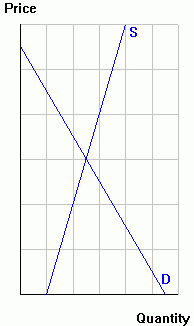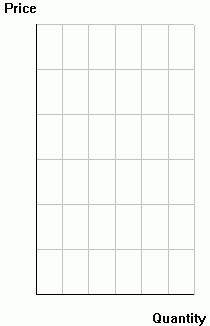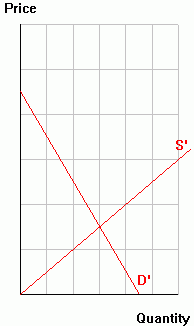International factor migration
|
1. |
Consider the possibility of labor migration between two countries, one a capital-abundant developed country (DC) and the other a labor-abundant lesser developed country (LDC). | |||
| a. | Use the three-panel diagram below to illustrate some unskilled labor migration (but not enough to equate the wage in the two countries). | |||
 |
 |
 |
||
| b. | In the international market panel,
indicate (1) the change in wages in the DC; (2) the change in wages in the LDC; (3) the change in national welfare for the DC; and (4) the change in national welfare for the LDC. (Hint: keep in mind that the income earned by immigrant workers counts in the GNP of their home country.) |
|||
| c. | Why do you think real-world labor migration might stop short of the amount that would fully equalize the wage in the two countries? | |||
|
2. |
Consider the following current account balances (CABs) for 2009 (in billions of dollars): | |
| China: (+297.1); Japan: (+140.6); Pakistan (-2.9); United Kingdom (-32.7) | ||
| Which of these CABs are consistent with the basic economic model of capital migration and which are not? Briefly explain how you decided.. | ||
Globalization outcomes
|
3. |
Briefly list (about a sentence apiece) some of the reasons countries can gain from trade (Hint: we covered six in class.) |